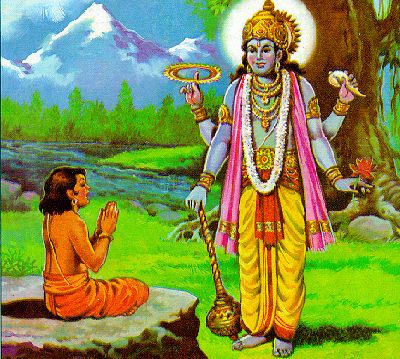
The 5th limb of the eight-limbed Ashtanga yoga tree is Pratyahara. Classically it translates as withdrawal of the senses. Pratyahara is described as causing your senses to ‘imitate’ the withdrawal of the mind inward as happens during practice, like a turtle withdrawing its head, arms and legs into its shell. In practice you withdraw your mind inward by refraining from the urge to immediately react to incoming sensation.You approach stilling the mind by shifting the act of sensing from an external to an internal orientation.
You stop trying to ‘jump’ out through the senses to the thing sensed, and instead you remain inside your body and let the impressions come in from outside. Doing this, the feeling tones of the sensations can linger within you and mingle with your inner awareness; you can give more attention to your thoughts, feelings, perceptions, desires, aversions and other inner states in relationship to what is seen, heard or felt. This staying home and letting impressions come to you instead of being moved, pushed, or pulled by them is a major theme in practice, and the reason for seeking the immovable spot in your asanas.
In the immovable spot, in deep internal awareness, you awaken buddhi, your highest mind, your awakened intellect, your inner faculty of discriminative intelligence. Perceiving through buddhi you bring sensory information into you with new awareness, and you mix with it as though slowing down time, slowing down the relay of sensory information. You develop concentrative powers that could be called supra sensory because the act of seeing or feeling becomes heightened to a marvelous degree. It is as though you get new eyes and ears, new senses. You not only perceive color more vividly and enjoy your food more, but also when you truly wake your senses up, you wake to and value the inner psychological and spiritual dimensions that are the substance and source of what you feel, see, taste, smell and hear.
Pratyahara is situated directly in the middle of the 8 limbs. Its central position indicates that it is the point where the outer can become inner (and also the reverse). Pratyahara is the bridge limb that shows you how to use asana and pranayama to find dhyana and samadhi, how to use your postures for concentrating your mind, for accurately tuning in, for reading, and responding to your mental states. Thus you can cultivate a more intimate relationship to your experience of sensation as a way inward towards concentration, towards buddhi, mental clarity, and thus towards self or individuation. Using your body and your breathing to change your relationship to the sensory information you receive helps you bring more mind, more psychology, more honesty and authenticity to your awareness and your self-reflection. And you use these new dimensions, this new inner directed consciousness to find more accurate physical alignment that brings deeper significance, more beauty and more grounded weight to your postures and movement.
Lastly one final unexpected gift from the 5th limb emerges from another less common translation of the word pratyahara: to ‘recover’ the senses. To recover the senses, as opposed to withdrawing them, infuses a very different flavor to pratyahara by suggesting that the senses are lost or somehow need to be rediscovered or reclaimed.This perspective can lead you to a new relationship to sensation and to a transformation of the disreputable word sensual. What if through pratyahara you are meant to master your senses by using them more completely for the enjoyment and expression of your divinity, your most conscious, profound aspects? Rather than attempting to withdraw the senses by cutting them off or diminishing their range, in practicing pratyahara you also engage the senses consciously and wholeheartedly in order to have more clarity about what to withdraw from and how to do it.
The word sensual is defined as
1) Relating to or affecting any of the senses or a sense organ; sensory.
2) a) Providing gratification of the physical, sexual appetites.
b) Physical rather than spiritual or intellectual.
c) Lacking in moral or spiritual interests; worldly.
We could allow the concept of sensuality to expand into a context that combines the sacred and the physical, and such a combined context could be developed to perfection within an asana practice. In this light the ability to be sensual is an essential part of having a mature, satisfying asana practice. If done with precision and honesty enjoying sensuality could help your asana practice become a great art, a tremendous achievement of skill and craft, a soulful inhabiting of the body to such a degree as to achieve the highest mastery of aestheticism and discrimination.This mastery could then extend to everything you experience.
Seen in this way, sensual could then be an integral part of pratyahara. To cultivate your sensuality could mean to thoroughly apprehend and appreciate what you, your whole body, your nose, eyes, ears, heart, loins, and viscera takes in from the world as a means of accurately reflecting soul in your depths and spirit in your aspirations. In fact Purusa or Spirit, the highest conception of samkhya yoga is also known as The Enjoyer. Who better than Purusa to be essentially sensual, to consummately know and appreciate the myriad forms of creation by adopting the ultimate asana, the seat or the perspective of the supreme enjoyer, the one takes it all in pure, bold, unashamed and unblemished enjoyment.
Comments
No comments.